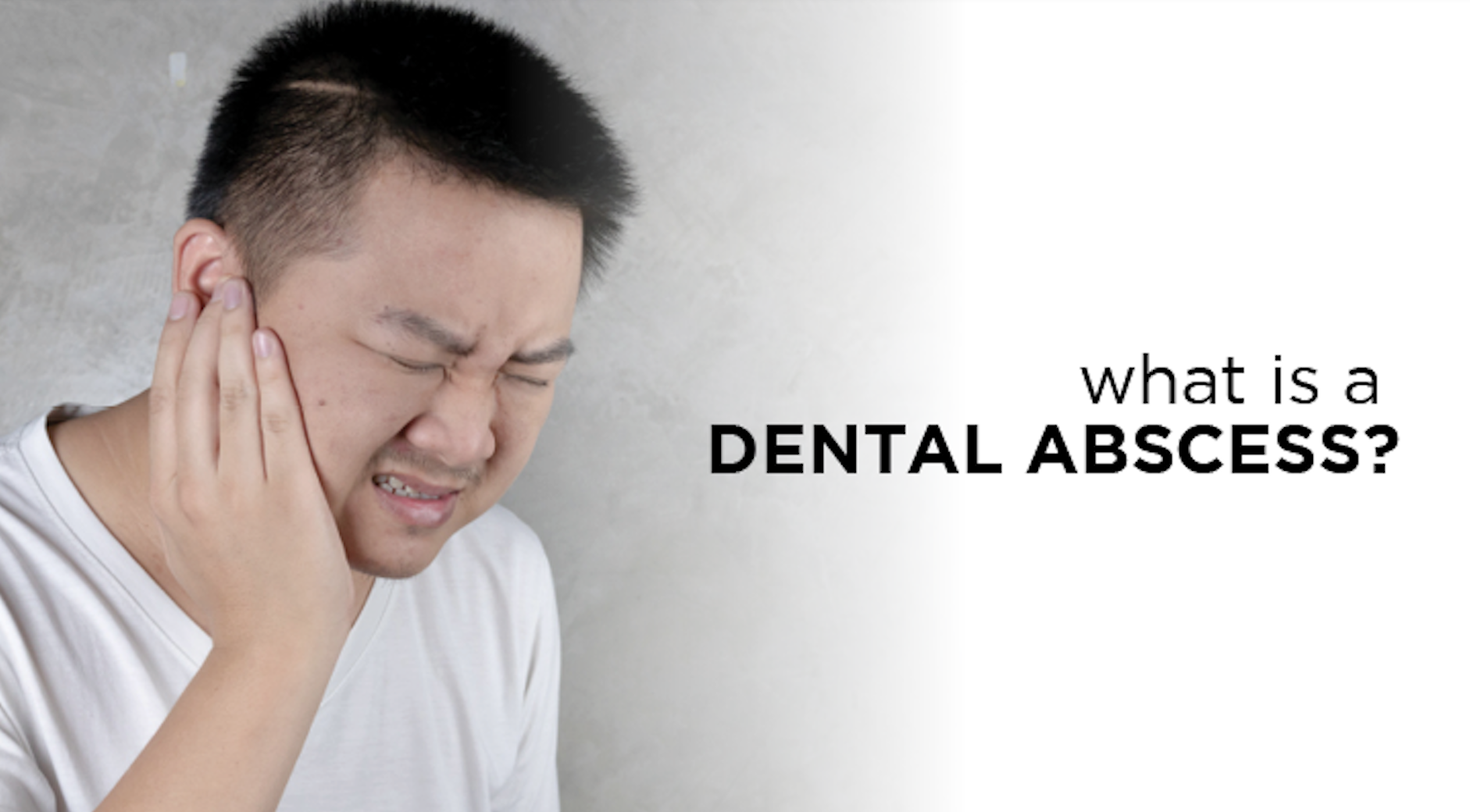Oral health basics: What is a dental abscess?
What is the most painful dental experience you have had? If you’ve ever had a dental abscess, it’s probably at the top of your list.
A dental abscess is a pocket of pus that is triggered by a bacterial infection, and it can be very painful. Read on to learn more about what dental abscesses are, symptoms, causes, prevention tips, and how a dental abscess is treated.
What is a dental abscess?
Dental abscesses are caused by a bacterial infection and are a collection of pus that can form inside the tooth, gums, or the bone that holds the teeth in place. There are two different kinds of abscesses:
- Periapical abscess: This type of abscess occurs as a result of an untreated dental cavity, an injury, or prior dental work. This infection causes irritation, inflammation, and swelling at the tip of the root.
- Periodontal abscess: This type of abscess occurs in the gums at the side of a tooth root. This abscess is likely to occur with serious gum disease.
Both types of dental abscesses are irritating and are treated by draining to get rid of the infection.
Symptoms of a dental abscess
The symptoms of a dental abscess are generally very uncomfortable or painful and get worse over time. Here are some things to look out for:
- Throbbing pain in the tooth or on gums that gets worse over time
- Pain in the ear, jaw, and neck
- Fever
- Trouble sleeping due to pain worsening when laying down
- Swelling of face or jaw
- Tender or swollen jaw or lymph nodes
- Red and swollen gums
- Sensitive to extreme temperatures when eating or drinking
- Unpleasant taste in the mouth or bad breath
If you experience any of these symptoms, schedule an appointment with your dentist right away.
What causes a dental abscess?
Dental abscesses occur when your mouth is full of bacteria. It’s important to keep your teeth and gums clean to reduce the number of bacteria in your mouth.
Here are some behaviors that increase your chances of a dental abscess:
- Poor oral hygiene: If you aren’t brushing and flossing or getting dental checkups every six months, you increase your risk of developing a dental abscess.
- Sugar or starch consumption: Both lead to the growth of bacteria and plaque in the mouth, resulting in increased chances of an abscess.
- Injury or previous surgery in the mouth: Bacteria have a way of finding damaged parts in teeth or gums.
- Immune system: A weakened immune system or people with underlying health conditions are at a higher risk of developing a dental abscess.
How to prevent a dental abscess
The best way to follow these tips to reduce your risk:
- Brush and floss every day
- Use an ADA approved fluoride toothpaste
- Replace your toothbrush every three to four months
- Cut down on sugary and starchy foods
- Drink water instead of sugary drinks
- Visit your dentist regularly
How to treat a dental abscess
Dental abscesses must be treated by a dental professional. Treatment methods depend on the location of the abscess, but they all involve removing the source of the infection and draining away the pus.
Treatment methods for a dental abscess:
- Extracting the affected tooth: This treatment occurs when a root canal isn’t an option.
- Root canal treatment: Removes the abscess from the root of the tooth. Once the abscess is removed the root is filled and sealed.
- Incisions and drainage: A small cut is made on the gum to drain the affected area. Most of the time additional treatment is needed.
All these treatments can be painful, costly, and often require anesthetic, so we recommend following our prevention tips. If you do see signs of a dental abscess, contact your dentist right away.

